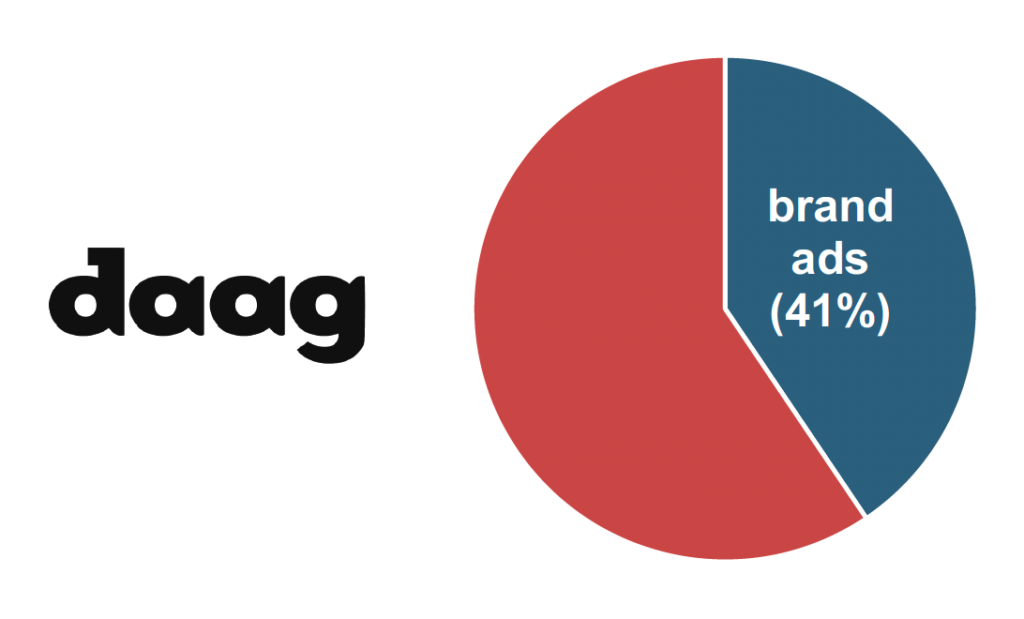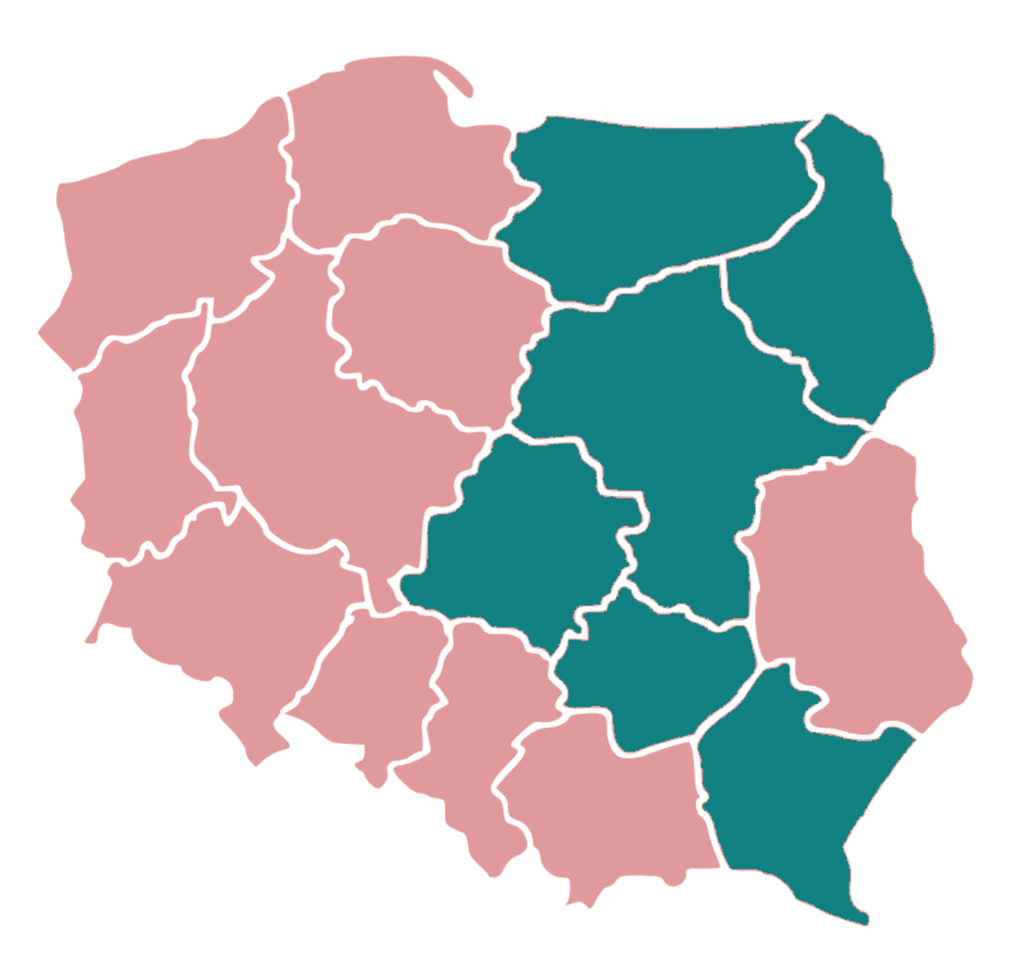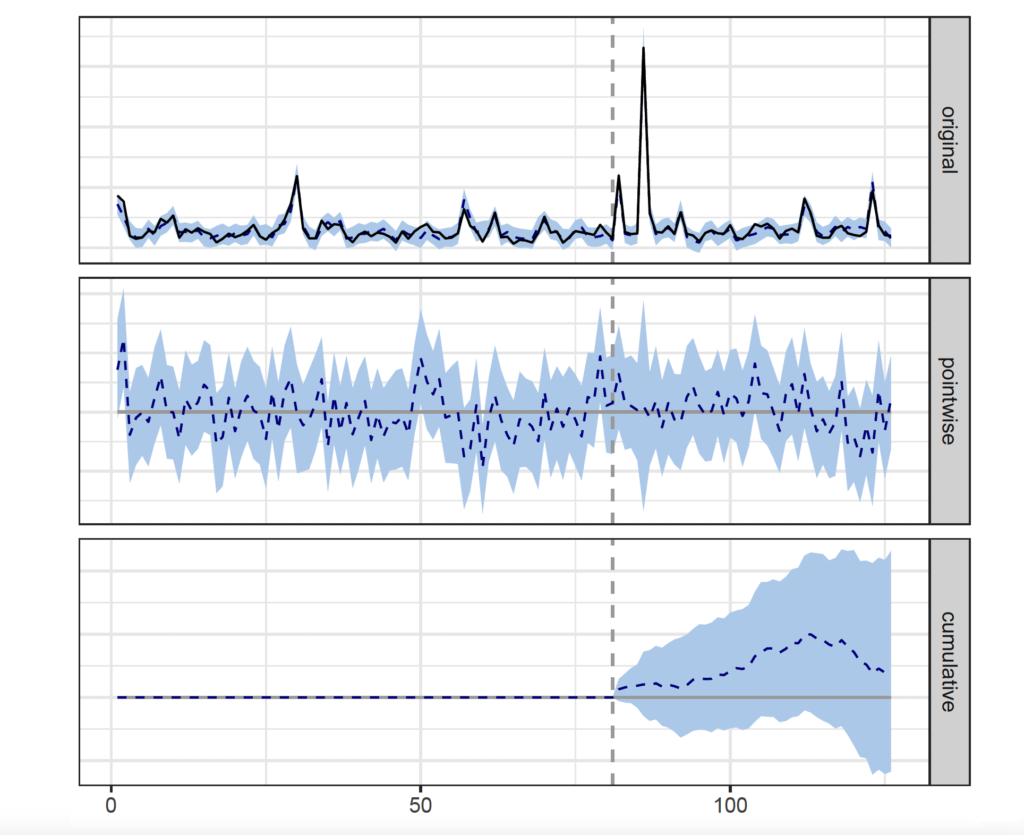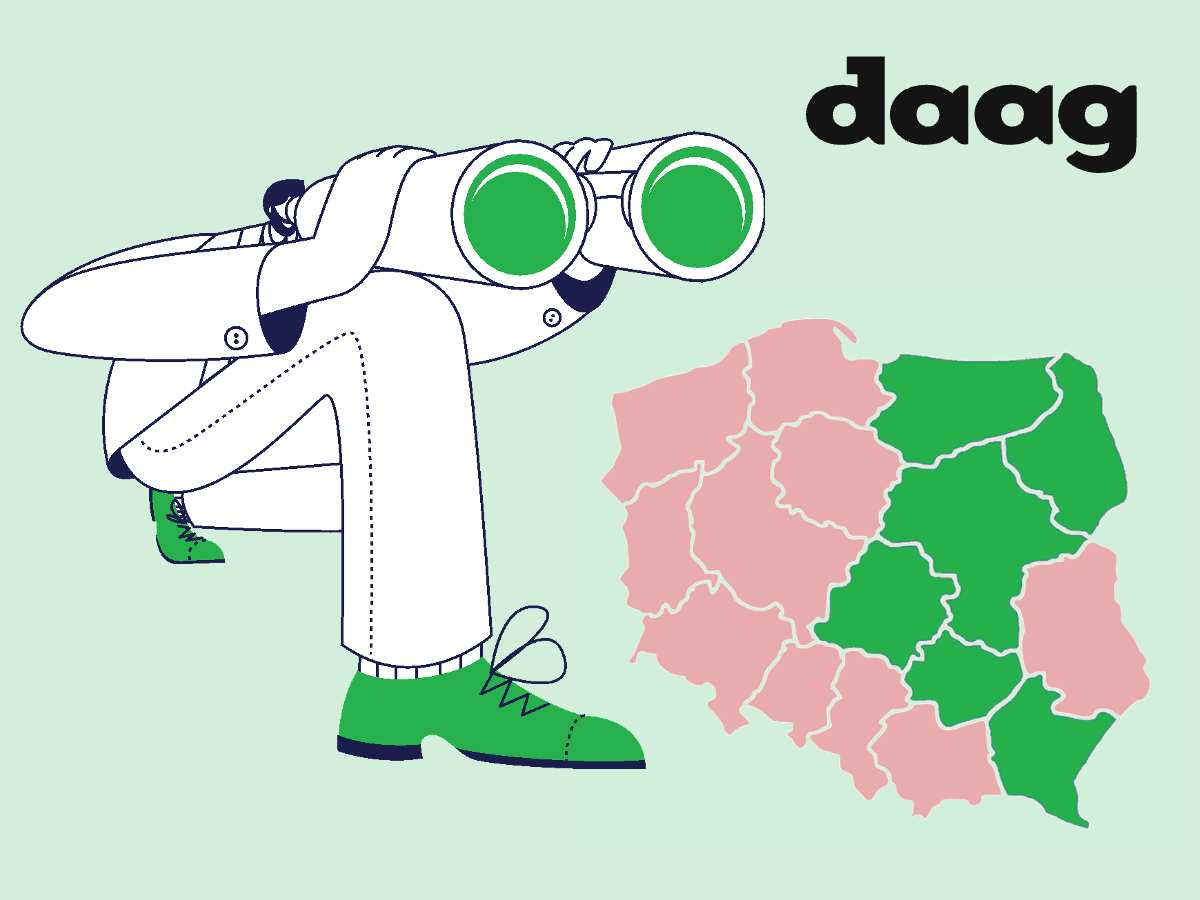Do Google Ads on your own brand pay off? DAAG, a Polish manufacturer of leather bags and accessories, uses Google Ads to generate sales. A significant portion of Google Ads conversions comes from product and text ads in search results.
Among the search terms for which ads are displayed are keywords related to the DAAG brand and its product lines. According to data from Google Ads and Analytics, post-click conversions for these ads accounted for approximately 41% of sales in DAAG’s online store.

Brand Clicks on the Conversion Path
It is evident that clicks on such ads do not contribute to increasing interest in the brand’s products but are a consequence of that interest. Using statistical terminology, in the causal process of advertising – revenue, these clicks act as mediators between the ad and the website conversion.
Advertisers, though aware of this, often continue buying such ads out of fear that competitor ads will appear in their place, which indeed happens quite frequently. The question remains: to what extent can such ads discourage a customer from purchasing our product and cause them to choose our competitor’s offer?
One argument might be the conversions that occur after users click on “our” ads displayed when users search for our competitors’ brands.
However, analysis of conversion paths shows that these conversions often come from users who had already shown interest in our brand earlier. After all, it’s natural for customers to consider and purchase products from various brands—especially in fashion.

In most cases, these conversions have a small share in total revenue, making it practically impossible to measure their impact on sales.
Separating Brand Campaigns
Running ads on your own brand keywords within the same campaigns (e.g., Performance Max) also complicates measuring the effectiveness of SEM ads. Brand keywords usually have a high conversion rate and ROAS, which skews the campaign results.
Therefore, the recommended best practice is to separate brand keywords into separate campaigns and block their use in other campaigns by using brand and keyword exclusions, as well as product ads targeted at your own brand (using legacy Shopping Ads with different priorities).
It also makes sense to set separate conversion goals for brand keywords campaigns (e.g., on a separate account). This way, conversions from brand keywords won’t “take away” conversion attribution from other campaigns, potentially undervaluing their effectiveness. This allows for more precise measurement of the real ROAS of revenue-generating campaigns.
Separating brand campaigns also enables conducting a geo-experiment to determine the impact of these ads on sales.
Geo-Experiment Conducted by DAAG
To ascertain how ads for brand keywords affect DAAG’s sales, after separating them into separate campaigns, they were turned off in selected provinces that approximately accounted for half of the sales.
This test group was chosen so that, as much as possible, the provinces bordered each other (to minimize the effects of imprecise geolocation at the province border), represented demographically diverse areas, and historically showed a high correlation over time with the control group (the other provinces).

The experiment lasted six weeks. Subsequent analyses examined changes in sales in both the test and control groups.
Next, changes in sales were examined in the test and control groups. Sales figures were compared based on the postal codes of orders, as data from Google Analytics geolocation, based on IP address, is relatively imprecise. The analysis was performed using the CausalImpact package in the R environment.
The test results indicated that turning off brand ads resulted in a sales increase of +2.7%.
However, this does not imply that brand ads had a negative impact on sales. The standard deviation in the study was 5.3 percentage points, and within the 95% confidence, the effect of turning off the ads ranges between -6.2% and +15%.

This means that disabling the ads did not cause a statistically significant change in sales volume.
Conclusions from the Experiment
The study showed that with 95% probability, brand ads are responsible for no more than 6.2% of sales value, which constitutes 15% of the amount reported by Google Ads (6.2% vs. 41%). This suggests that the real ROAS of these campaigns is most likely not higher than 15% of the ROAS reported in Google Ads.
The experiment demonstrated that brand ads have a significantly smaller impact on sales than indicated by conversion tracking data reported in Google Ads and Analytics, regardless of the attribution model selected in these systems. Moreover, it is likely that these ads have no impact on sales volume.
This indicates that separating brand campaigns and measuring their effectiveness independently is certainly justified.
The experiment did not prove that brand ads are unprofitable (i.e., it did not yield a statistically significant result >95%). During the test period, the ROAS of DAAG’s brand ads was very high, and even after adjusting to 15% of the measured value, it remained attractive—resulting from the high CTR and low CPC of these ads.
These results should not be generalized to all cases involving brand ads. Their impact and effectiveness may depend on the specifics of the industry and product, current competitive activities, the availability of the brand’s products in other sales channels (resellers, marketplaces), and the cost per click (CPC) for the brand’s keywords.


